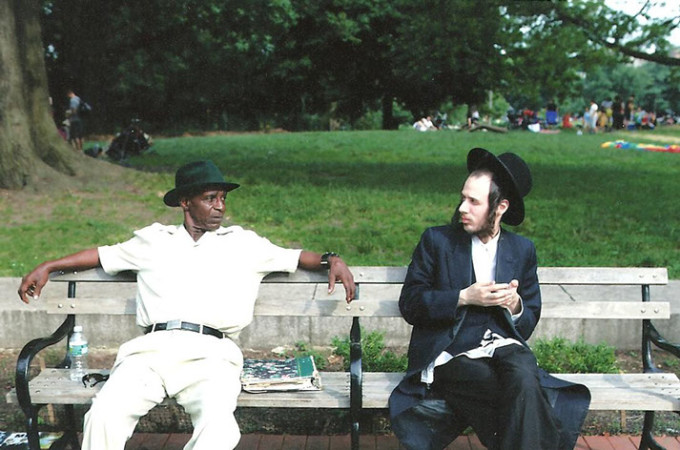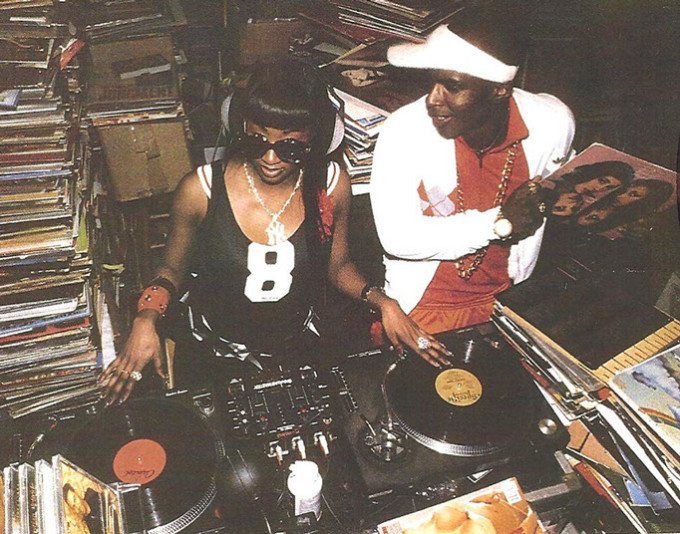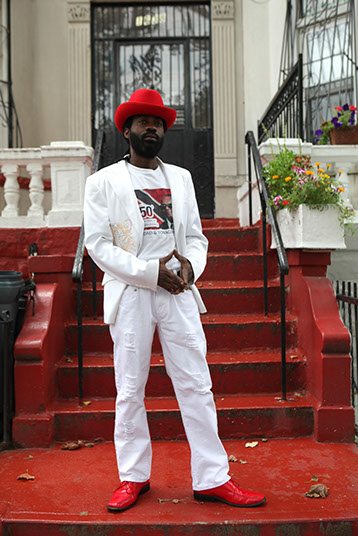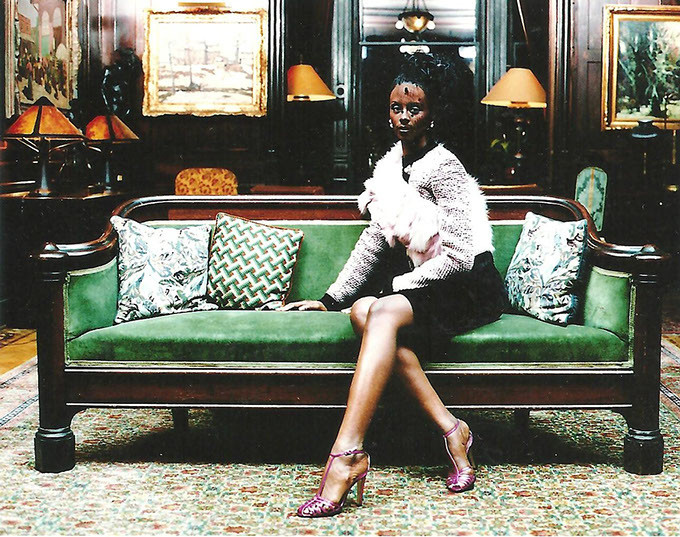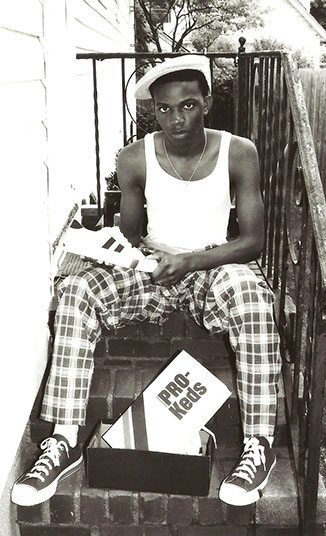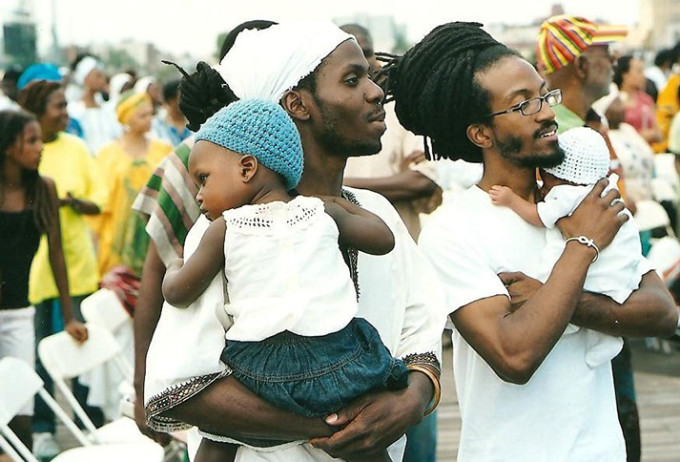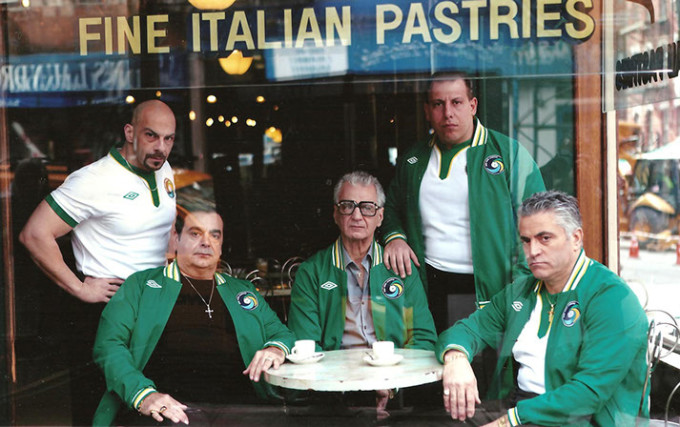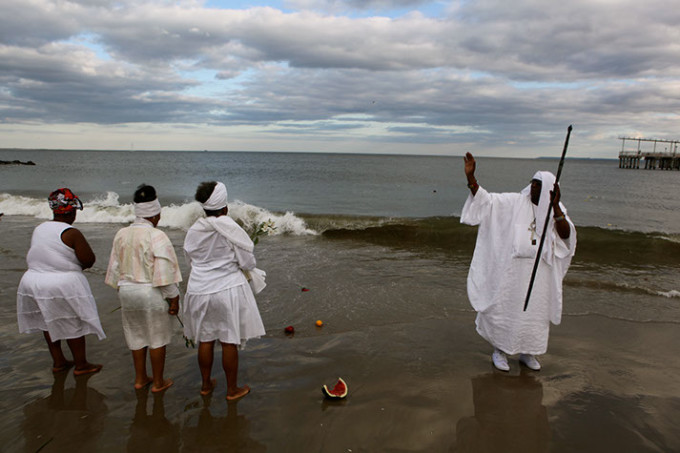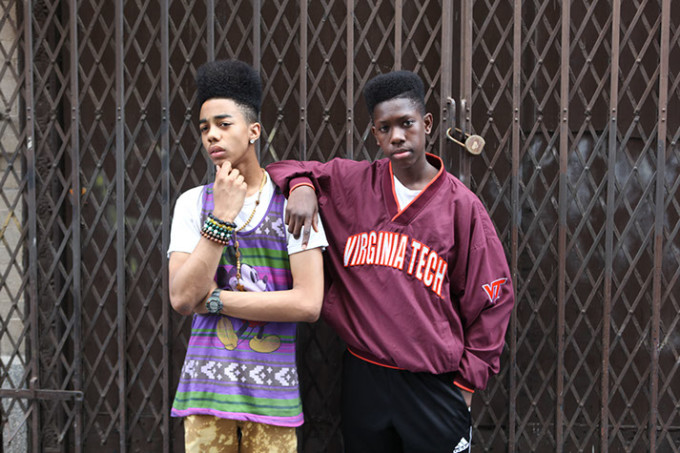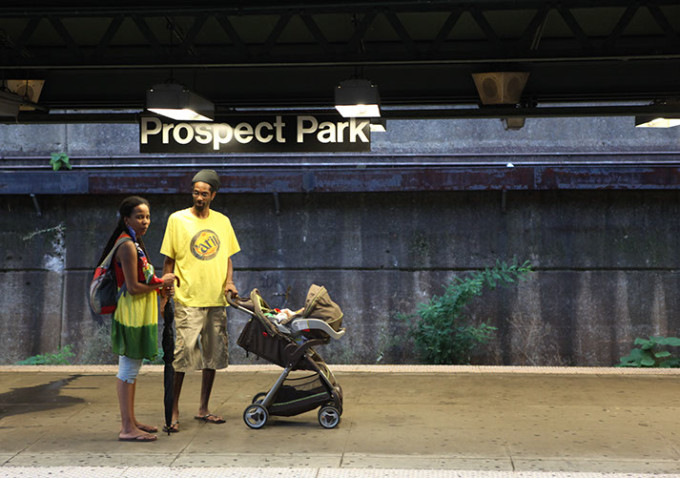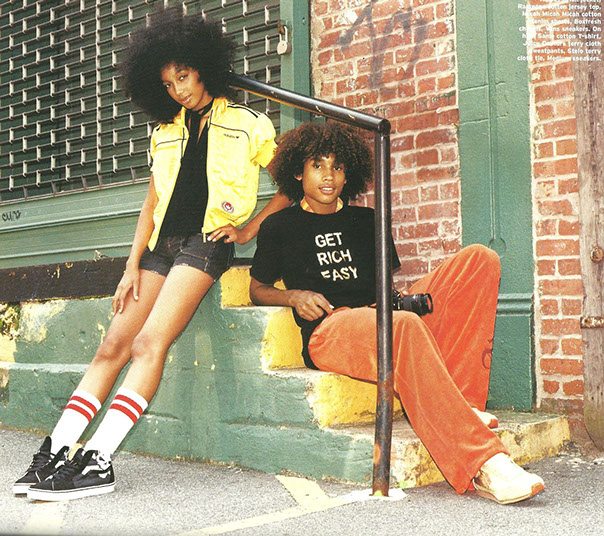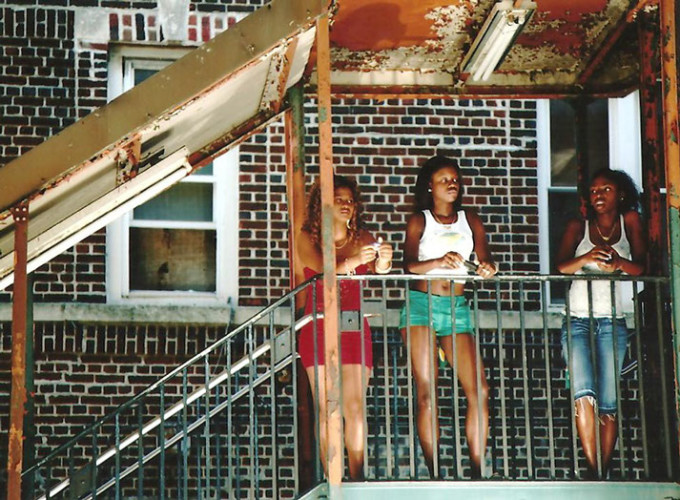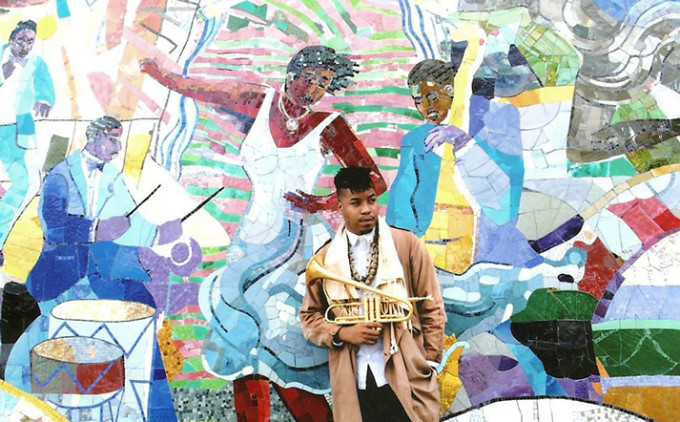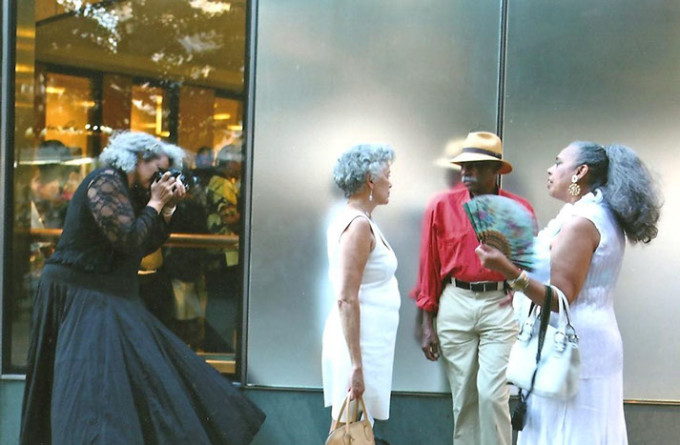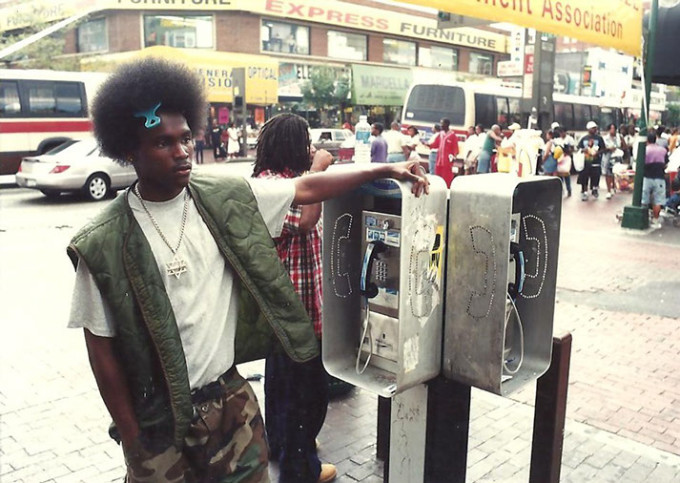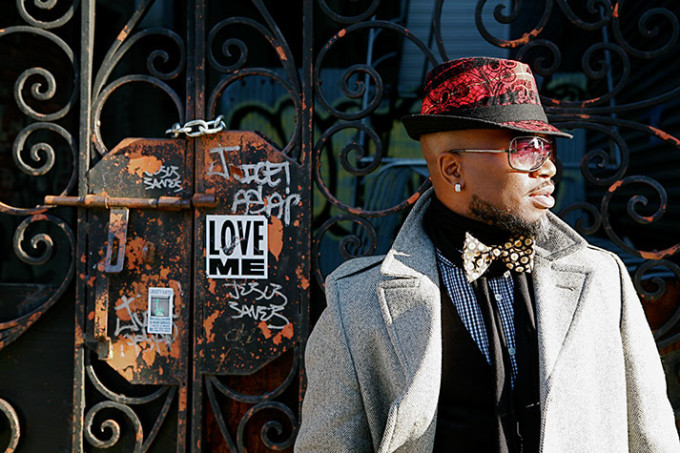All images by Jamel Shabazz. Used with permission.
Photographer Jamel Shabazz is legend. He’s best known for his work documenting people during the 1980s and 1990s in America; and part of that came from his will to connect with the people around him after his time in the Armed Forces. Indeed, Jamel came back home and felt that the people around him were at war.
A photographer like Jamel has seen a lot, been through a lot, and continues to work as a photographer even today. The Phoblographer interviewed him previously; and with Black History Month coming to an end, he’s an excellent person to talk to about how the industry has changed for Black Americans as a follow up to the interview done with Mrs. Draper-Winston–the sister of Louis Draper.
Phoblographer: You got your start in photography really by photographing and documenting people in the streets. What attracted you to the subjects that you photographed?
Jamel: All too often, people look at my earlier photographs and basically see the fashion and swagger, but what I saw was the soul of a people that were coming of age during a very troubling day and time. My attraction to them was grounded in my deep desire and dedication to connect with young people both within and outside of my city, who were at the greatest risk of premature death and incarceration.
When I returned to New York after completing a 3 year tour of duty in the Armed Forces, I came home to a war zone! Many young men I knew personally were losing their lives to senseless violence and others were seeking retaliation in response. I was profoundly pained by all of the hate and self-destruction, so I took to the streets, high schools, and hangout locations; looking to connect and communicate with them to get a better understanding on what was going on in the community.
As a photographer, I was perceived as being neutral and it gave me access that allowed me to bond, and build bridges; often with warring factions. My main objective was to make contact with those that I perceived as having leadership qualities. If I was able to reach them, perhaps I could convince young men to put down their guns and work towards bringing about some degree of peace and harmony.
Phoblographer: You’ve told the story about how asking people for their portraits has always gotten you more respect and understanding from others because of the communication. But has it ever not really worked?
Jamel: You have to expect and anticipate that there will be occasions where people are not responsive. I have very vivid memories of photographs I was not able to get. Fortunately, in most cases the subject or subjects would decline respectfully, but there have been times in which the response was met with hostility and suspicion. I can say that most everyone did have a genuine concern about what my intentions were and where the photograph would end up and those feelings were totally understood. It would often amaze me that I was able to get many of the photographs I captured, especially since I did not know many of the subjects before they stood before my lens.
Phoblographer: You’ve been shooting for years and years; you’re a legend, let’s be honest. Some photographers have felt that it’s been harder for Black photographers to make strides ahead in the industry. With Black History Month about to come to an end, how do you feel it’s improved since the 1990s? How do you feel it’s become worse?
Jamel: There has been a lot of talk over the years about the difficulties that Black photographers have encountered in trying to break into the industry. Personally, I’ve been faced with a number of obstacles over the years in trying to get in the door and challenges were expected, but I never lost my focus to excel. Back in the 1990’s before I first made my introduction, I had done my research; studied the masters of the craft, the work they created and the strategies they implemented. I incorporated a lot of that insight into my process and created a plan of action that pretty much worked out for me.
Back then, I had no problem going to a popular magazine with an idea and work to support my vision. In almost every situation, magazine editors were able to see and understand my perspectives; hence my work was published, giving a platform and newfound fan base to support my later works that became monographs. Opportunities are always there, but I think the key is having a solid strategy, vision and body of work that a publisher can envision for his/her publication. In today’s world the opportunities are endless, especially with the advancement of technology and social media. If you learn how to use these essential tools to present your materials along with networking, you can make strides.
A lot of talented photographers across the color line are being discovered every day. Another area one might want to explore is the contests that many of respected photography organizations hold, that are open to almost everyone. I’ve seen careers blossom for a number of aspiring photographers of color that took a chance and made the investment to participate in these contests. Not only did many of them win, but are now in high demand and have also gained international recognition.
So I must say, things have gotten better over the years and yes there are still obstacles, but one has to stay focused and not be intimidated or discouraged by challenges and disappointments.
Phoblographer: Your work has never been about black, white, red, or yellow; it’s always been about the people. Do you feel that that’s something that’s important to talk about?
Jamel: Your observation is on point! My work is vast and I have documented various communities and cultures over the years, both here and abroad. Every body of work I created is of equal importance to me and it is my hope to start showing more of my diverse and international work.
Surprisingly, I find that all too often I am pigeonholed in one particular area and that is mostly a result of my work from the 1980’s that is synonymous with the birth of Hip Hop. I am delighted in knowing that there is a great appreciation for my earlier work, however I have so much more to share that speaks to the larger universe.
Phoblographer: This industry has really been about who you know more than what you know for many, many years. Do you feel that it also has to do with locations? For example, New York and LA are some of the bigger hubs for art vs say Topeka, Kansas.
Jamel: That is a great question! To make it in any industry, having an inside connection is always an advantage. Back in the days living in a major city like NY, LA, or Paris could give you a degree of leverage. However in today’s world, particularly through social media, one can make great strides without the personal connection or geographical advantage. Reflecting back to what I shared earlier, one must have a solid vision and strategy to make a breakthrough in this very competitive field.
Phoblographer: What issues do you think America really needs to move past when it comes to race and the arts?
Jamel: The world is in such discord today with all its wars and social problems. I feel that not only America, but the world needs to start looking towards its artists for solutions.
Art like music is a universal language that has the power to heal and inspire and I have seen the majesty of art and music bring people together across the color lines. For example, a few years back I was in Suwon, Korea for an international B Boy competition. Young military aged males from 17 countries (some that had previously been involved in wars against each other,) came together to battle, not on a battlefield, but a stage. It was an event attended by thousands of excited fans. The music that they battled to was classic Hip Hop and there were no physical confrontations, just skill and a righteous competition between nations.
For me, that was a sign of hope and possibility, something politicians and military personnel need to see before sending young men off to war. I personally think that as a larger society, we will never be able to put the issue of race behind us, despite the fact that Barack Obama was elected as a US President. Since his election we have witnessed many racially charged events that have unfolded during his time in office. To me, I think that it is time for artists to play a greater role in shaping the future of this world for the sake of world peace.
